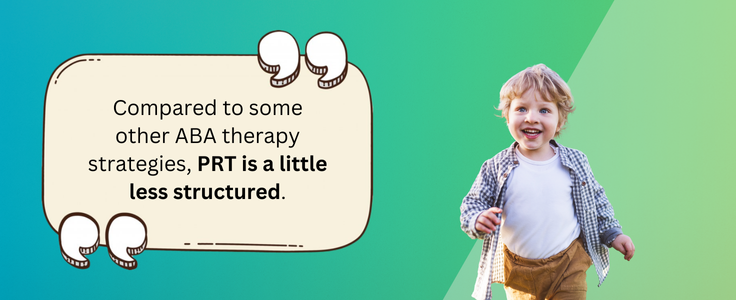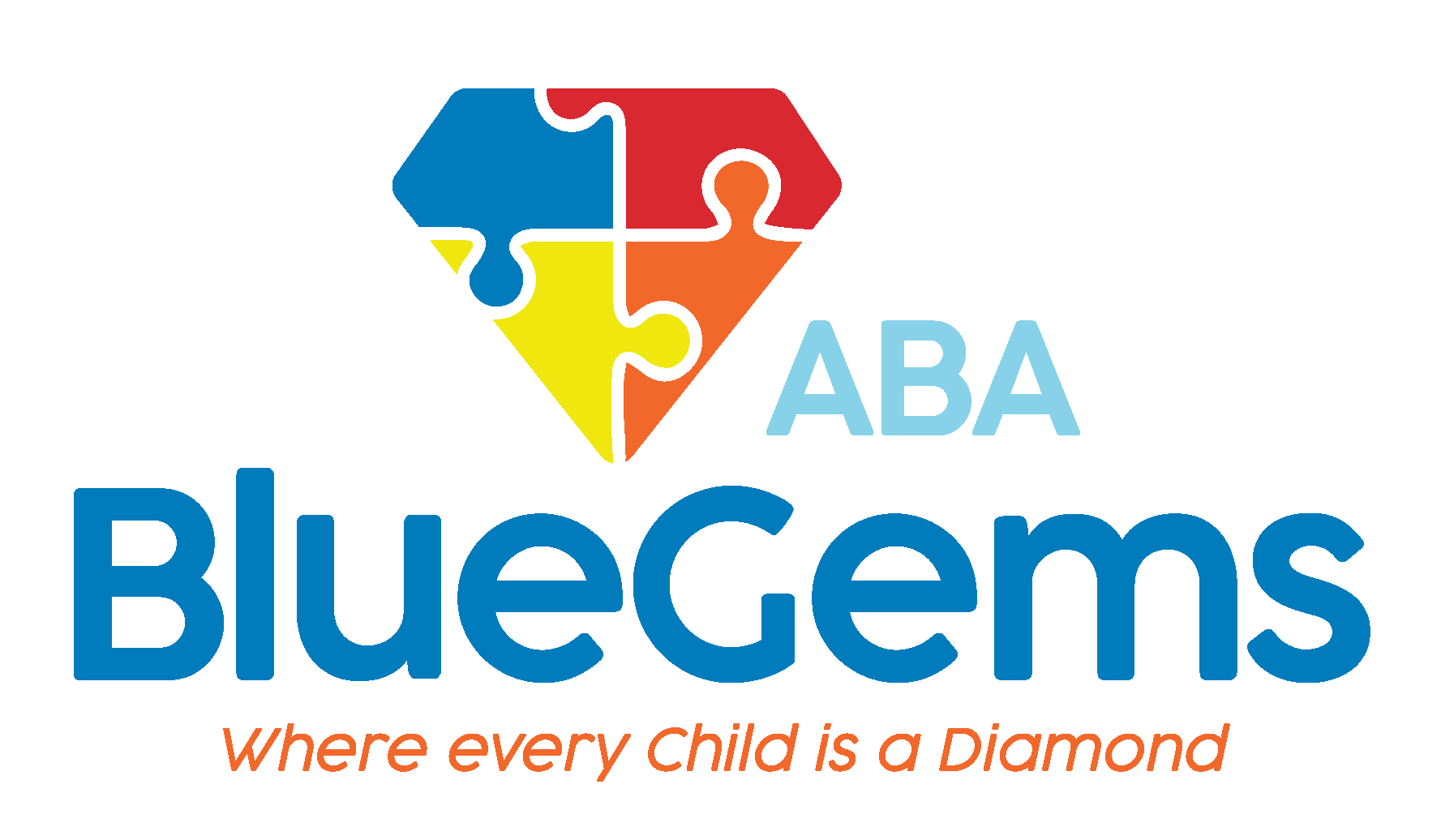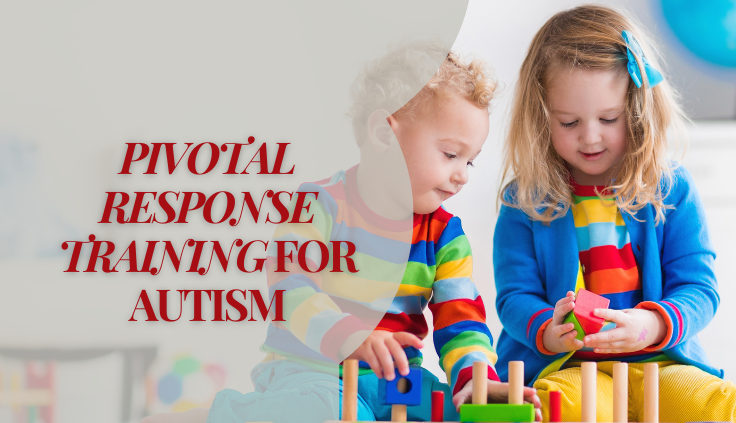Advanced ABA Techniques: Using Pivotal Response Training for Autism
Today, children who are diagnosed with autism spectrum disorder (ASD) have a lot of support and resources at their disposal. There are many treatment plans that can help to support their growth and learning, helping them overcome some of the most common challenges they have with things such as communication and social interaction.
Applied behavior analysis, or ABA therapy, is generally regarded as the leading treatment for children on the autism spectrum. As the treatment is based on scientific evidence, it takes a unique approach to learning and behavior, helping children with autism modify certain behaviors and learn the skills they need to live independently.
During sessions, ABA therapists will use many different strategies to teach children these skills. One is called Pivotal Response Treatment, or PRT. Like all other strategies, it’s based on the core principles of ABA therapy, though it uses specific tools to help patients accomplish their goals.
Let’s take a closer look at what PRT is and how it helps children with autism build skills.
Table Of Contents
What is Pivotal Response Training?
Pivotal Response Training is a major strategy that ABA therapists will use to help their patients build skills. It’s considered to be an intervention that uses naturalistic behavior, since it incorporates the child’s natural environment and actually allows them to lead the intervention.
Compared to some other ABA therapy strategies, PRT is a little less structured. While ABA therapists certainly provide support and guidance to children, the child does have significant input in the lessons and skills that are being taught.

The goals of PRT include helping children develop language and communication skills, increase their positive behaviors in social settings, and gain relief from any self-stimulatory behaviors that are disruptive and/or dangerous.
In addition, a key component of PRT is the focus on the “pivotal” areas of development for a child, rather than on any specific behavior. These four areas include motivation, response to cues, self-management and initiation.
How are the Four ‘Pivotal’ Areas Used in PRT?
ABA therapists will incorporate these four pivotal areas of development into all aspects of PRT.
The goal of the first area is to improve the child’s motivation. As they are more motivated to do something, the more driven they become to complete the tasks they are requested to complete.
Therapists do this through reinforcing attempts, presenting motivational “packages” to the child, using their natural environment and things they like, allowing for child choice and varying the tasks so as to not become monotonous.
In the second area, the goal is to get the child to understand statements that have at least two components. For example, the statement could be a yellow bus.
This short two-word phrase helps children delineate between a bus that is yellow and a bus that is black, or a car that is yellow and a bus that is yellow.
The reason why responding to multiple cues is so important for development is that it promotes less rigidity in learning and more generality. This, then, enables children to respond and adapt to the huge variation of cues that are available in their natural environment.
For the third area, the goal is to have the child gain awareness of their own emotions, behavior and actions — and then provide interventions to decrease or increase those behaviors based upon whether they are negative or positive.
In fostering a sense of awareness, ABA therapists help children with autism gain control, ownership and responsibility over what they do. The end result can be hugely significant in their lives.
This is taught in two main ways. First, therapists help children understand how to separate when a behavior happens and doesn’t happen. Second, therapists help children to access a reinforcer for exhibiting the desired behavior.
In the last area, the goal is to have children initiate interactions with others. This helps to break down the walls that many children with autism have standing in their way to successful relationships.
Initiation is pivotal to development because it’s the foundation for communication and social interaction. It also promotes autonomy and independence, and can be generalized to teach even more skills.
Trust Blue Gems ABA with Your Child’s Treatment
Pivotal Response Training is just one strategy that ABA therapy will use to help support children on the autism spectrum. It’s a more natural and less rigid strategy compared to some others, and is used in certain situations for certain patients.
At Blue Gems ABA, our team of BCBAs cater ABA therapy treatment plans to each individual child, based on their unique strengths and challenges, which then helps them to better learn and grow.
To learn more, please contact us today.




